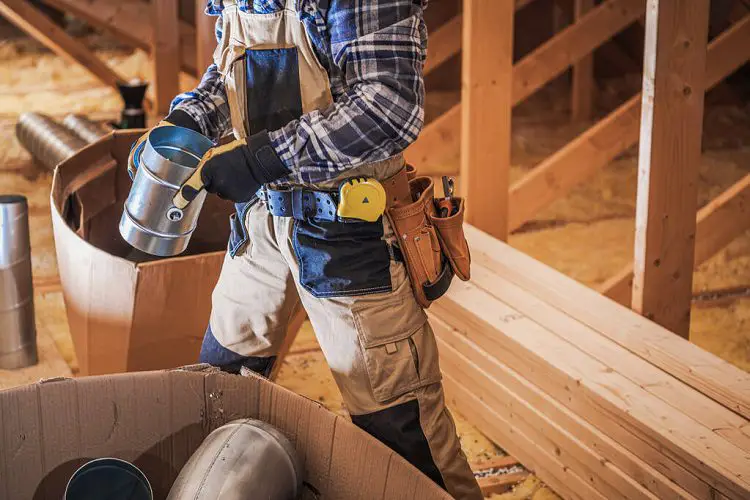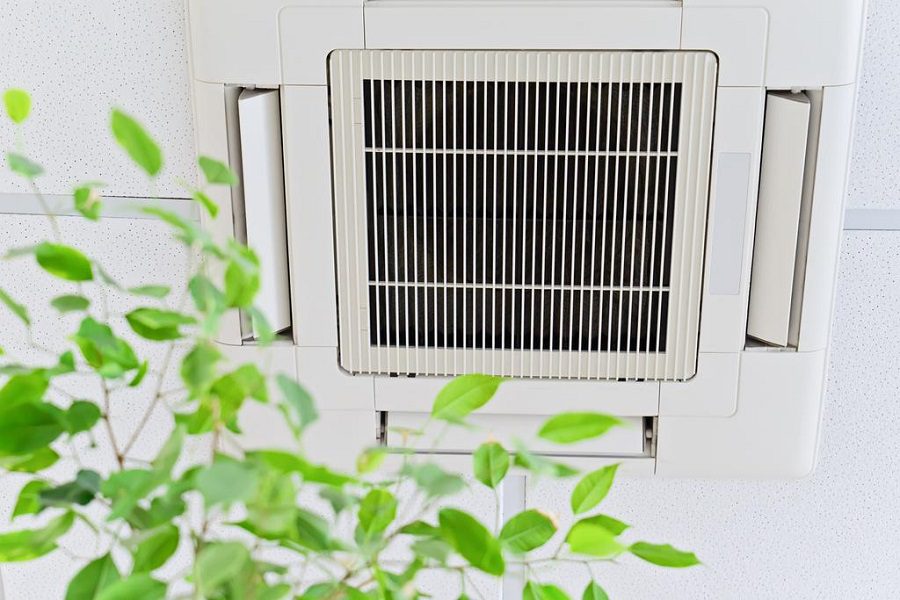A happy and healthy life is best achieved by breathing in the air in its purest form. However, nowadays, the quality of the air in the cities is becoming a global concern. Another concern is also human negligence about the importance of air quality. Few people care about the air quality they are breathing simply because, at the moment, they don’t feel any negative consequences, which are due to come later.
In that sense, air pollution is a significant environmental health concern. For instance, heart attacks and strokes may be brought on by this issue. According to estimates, air pollution causes more than 20,000 premature deaths in the UK each year.
The NHS is predicted to spend £20 billion annually on health care expenditures related to air pollution. On the other hand, over 100,000 premature deaths are thought to occur in the United States each year as a result of poor air quality, and it is estimated that air pollution-related illnesses cost $150 billion annually.
In that sense, here are four facts that every handyman needs to know about air quality!
Contents
Health Implications of the Air Quality

Indoor air quality greatly influences the safety and health of many people. Poor air quality has been deemed one of the health risks to humans by the Environmental Protection Agency (EPA).
Indoor air quality is the standard of the air inside a building, and this is a problem that is frequently neglected. As a result, people can experience health issues and pain because of poor indoor air quality.
Though it is invisible, poor air quality is considerably more dangerous than people realize. Indoor air quality can be up to 100 times more contaminated than outdoor air, whether you are at home or work in an office or a production facility. For instance, heart disease and lung cancer have been related to poor air quality in studies done by the American Heart Association and the American Lung Association, respectively.
How to Notice the Signs of (Poor) Air Quality
You may notice any of these symptoms if you are in a house or facility with poor air quality:
- The presence of an unpleasant or stale smell
- Physical pain brought on by an inconvenient temperature or level of humidity
- Employees may express complaints of conditions like headaches and tiredness that only appear at work.
Although there is no specific test for indoor air quality, examining the functionality of ventilation and air conditioning systems can be a good place to start if you suspect a problem at your place of business.
Likewise, hiring indoor air quality services is one of the most effective ways to deal with this invisible enemy. Indeed, dealing with air quality is increasingly becoming important. Given the fact that, according to some studies, in almost 50% of cases, indoor air quality has been identified as a significant issue. This is predominantly the case with factories and working facilities.
Humidity and Air Quality
The increased number of HVAC systems, ventilation, and heating installations can cause moisture issues that result in the growth of mold and mildew. As a consequence, the health and well-being of people may be harmed by this.
For example, physical, chemical, and biological harm are the three types of harm associated with poor indoor air quality. Physical risks: these include improper humidity and temperature levels as well as poor ventilation.
Chemical hazards include harmful dust and fibers like asbestos, pungent odors emanating from various objects and the environment, volatile organic compounds released by construction materials, furniture, equipment, carbon dioxide, etc.
In order to protect the air quality from being poor, make sure you solve the problems of humidity and mold, as well as avoid other air contaminants.
Common Air Contaminants
Byproducts of motor vehicle emissions such as carbon dioxide, sulfur dioxide, and ozone are examples of common outdoor air pollutants. Allergens like pollen and mold are examples of outdoor air pollution.
By the same token, cigarette smoke, paint fumes, radiation, CO2, chemicals, fungi, microorganisms, allergens, and combustion gases are examples of common indoor air pollutants.
So, always make sure you stay away from all the air contaminants that can decrease the quality of the air in the place where you reside.
You might be affected by air pollution wherever you live. In that way, you always need to make sure the air quality in the area where you reside is high quality, and one of the best ways to ensure this is to get help from professionals! Remember, life is precious and has no price!


